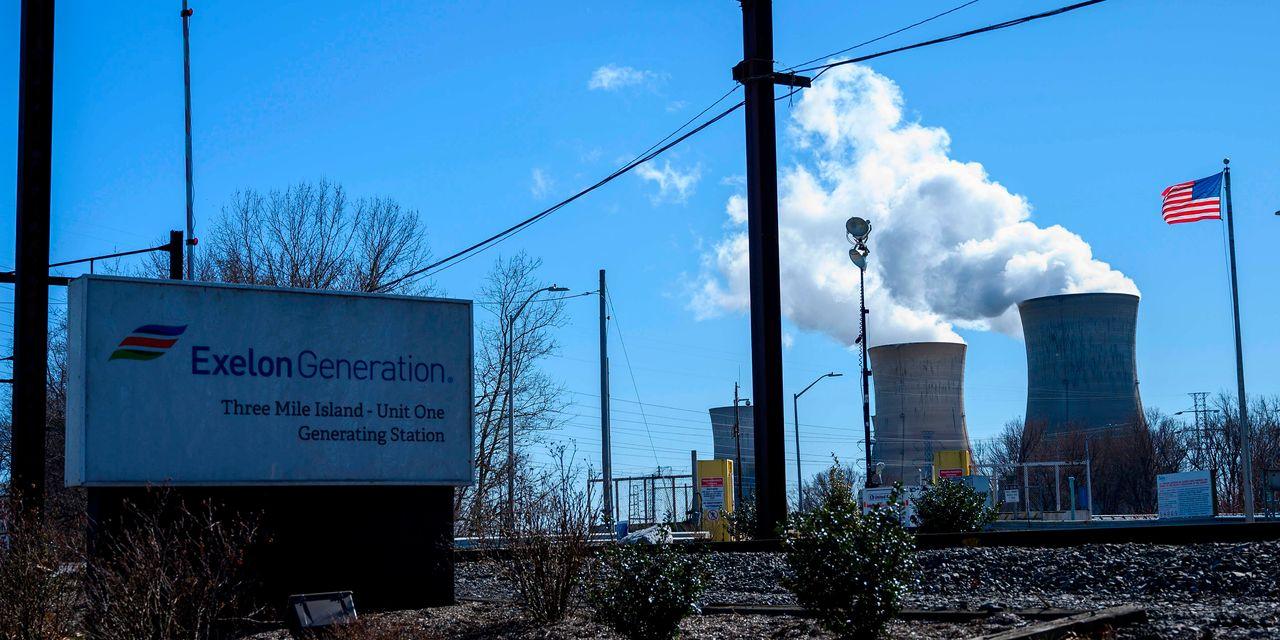Originally posted by Energy Central
December 20, 2005 | By Stephen Heins
Why does Wisconsin continue to reward electrical consumption, generation and marginally competitive solutions in an era when we are in a major construction phase for new power plants and transmission infrastructure?
Yes, construction of new power plants and transmission lines may be inevitable, but appropriate deployment of energy efficiency could have an impact, and perhaps even a significant impact, on how many plants are built and how soon Wisconsin will need them. With all that is at stake from an electric rate and environmental perspective, we simply cannot afford to allow current barriers to using our most cost-effective and cleanest solutionenergy efficiencyto persist.
Currently, each Investor-Owned Utility (IOU) is allowed to make a return on its fixed-cost investments for each unit of electricity sold, which is 11.5 % per annum. Like any other businesses, the utilitys objective is to maximize profits in order to meet its obligation to shareholders. This means they are selling as many kilowatts of electricity to its customer as possible.
In this scenario, the Wisconsin industrial community as the largest users of electricity has the most to lose, because higher electrical costs could make the difference between new job creation and job destruction, between growth and contraction.
Given the fact that the cleanest, least expensive kWh is the one not used and saved for the next customers, why doesnt Wisconsin use the shared savings regimen currently being employed by Alliant Energy? This would allow utilities the same return on investment for provable energy efficiencies as they receive for new or existing sources of electricity?
Ultimately, what makes the idea of utility programs for energy efficiency so compelling is that it establishes practical, enforceable rules, whereby large energy efficiencies could be achieved and documented. The potential for such an approach is enormous, because: (1) it is not being done to any extent now; (2) utility programs can help increase market penetration, because they know their industrial customers best; (3) the average Wisconsin industrial customer spend between $40,000 to $60,000 per month, which means each industrial company can potentially save large amounts of electricity; (4) with the opportunity for profit, utilities can now provide the necessary personnel and capital to test new and existing technologies, because they would receive a return on investment for them; and finally, (5) they can provide their business and industrial customers with objective advice about the array of energy efficiencies, helping them identify the most appropriate for each customer.
Not unlike many other states, Wisconsin has accepted the notion that the utilities should not be allowed to administer and implement any conservation efforts, usually for the fox watching the henhouse reason. With the advancement of measurement and verification technologies, Wisconsins utilities can now demonstrate with certainty the amount of energy saved in real time.
The fact is that utilities and regulators need to be able to treat energy efficiency as a supply side option. Then, we can allow utilities to create and manage a portfolio of energy efficiencies not unlike what we have done with renewables. This new approach is a clean energy portfolio and it is already being used in one form or another in Vermont, Pennsylvania, Nevada, Oregon and California.
The six most important conditions for achieving the maximum amount of energy efficiency in Wisconsins energy future are:
1. Energy Efficiency must be measurable, verifiable and sustainable.
2. Utilities should earn a Rate of Return on Energy Efficiency. Treat Energy Efficiency as a supply side resource acquisition.
3. Energy Efficiency should be target based, incorporating load growth, and part of the supply side resource portfolio.
4. Energy Efficiency should provide for participation by all customer classes.
5. There should be no means test on project ROI.
6. Energy Efficiency and Demand response should be incorporated in all future resource requirements.
The major point is that energy efficiency in the commercial/industrial sector is an economic development issue, whereby Wisconsin can make our manufacturing and service economy more competitive. Energy efficiency is not a social program or corporate welfare; it is an economic imperative. With that in mind, it seems eminently practical to align Wisconsins utilities interest with the Public Service Commission, ratepayers and the commercial & industrial community. Wisconsin needs to incentivize all of its utilities to help their commercial and industrial customers save energy.







